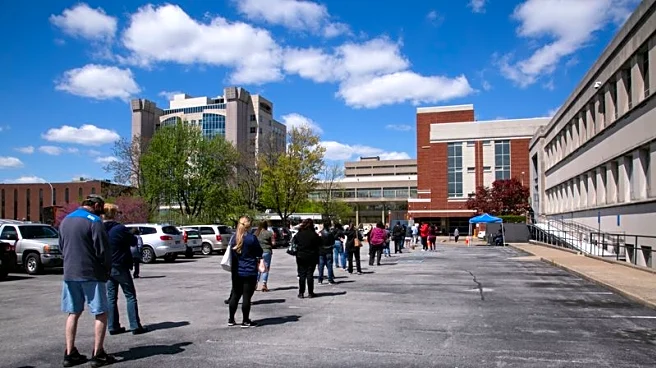What's Happening?
The U.S. labor market is facing challenges with 'ghost job' postings, which are advertised positions that remain unfilled. Despite reports from the Bureau of Labor Statistics indicating a high number of job openings, actual hirings have consistently lagged
behind, with a monthly gap of over 2.2 million since early 2024. This discrepancy suggests that many advertised jobs are not genuine opportunities, leading to wasted efforts by job seekers and distorted data for policymakers. The phenomenon of ghost jobs inflates the perceived strength of the labor market, creating false hope and complicating economic assessments.
Why It's Important?
The prevalence of ghost job postings has significant implications for the U.S. economy and labor market. For job seekers, these postings represent wasted time and effort, potentially leading to frustration and decreased trust in the job market. For policymakers, inaccurate data on job openings can hinder effective economic planning and decision-making. Employers may face credibility issues as job seekers become increasingly skeptical of advertised positions. The broader impact includes potential shifts in labor market dynamics and challenges in addressing unemployment effectively.
What's Next?
Addressing the issue of ghost job postings may require increased transparency from employers and improved data collection methods by government agencies. Policymakers might consider strategies to ensure that job postings accurately reflect available positions, thereby enhancing trust in the labor market. Employers may need to reassess their hiring practices to align advertised positions with actual hiring needs. The ongoing analysis of labor market data will be crucial in understanding and mitigating the effects of ghost jobs on the economy.














